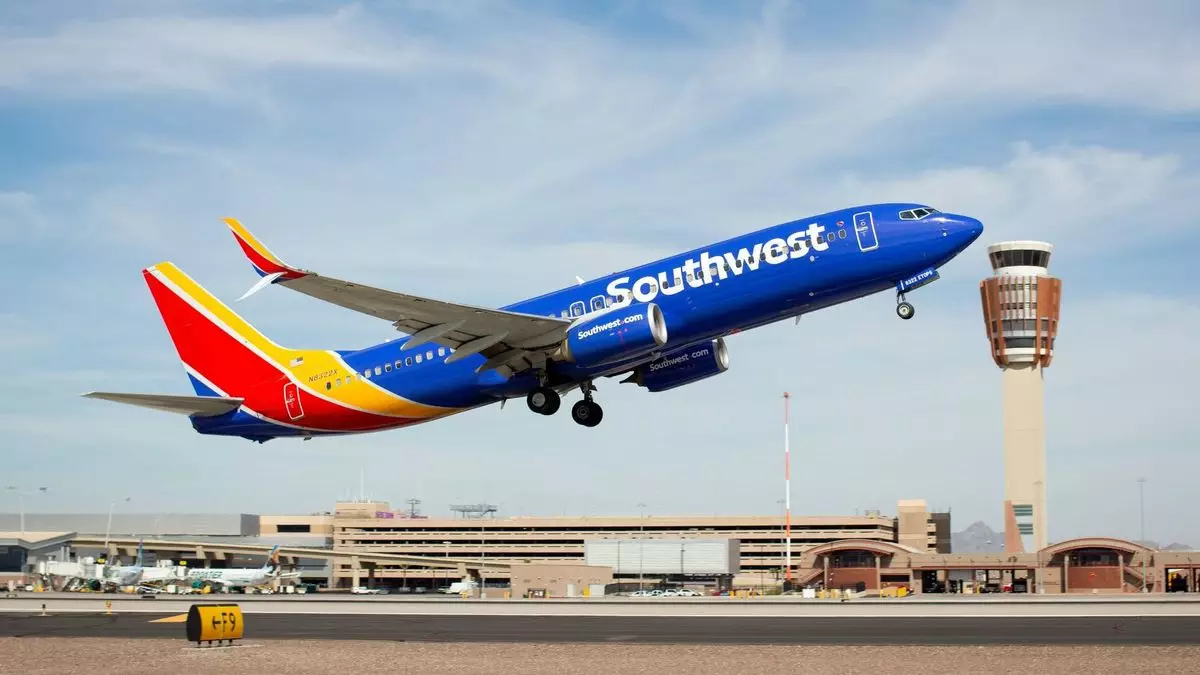In an unexpected move, Southwest Airlines has recently announced a significant reduction in its corporate overhead workforce, indicating a shift in strategy designed to bolster operational efficiency. The airline revealed a 15% cut affecting approximately 1,750 employees, including eleven members of senior leadership with titles of vice president and above. This decision is indicative of a broader trend in the airline industry where companies are striving to become leaner and more responsive to emerging market challenges.
CEO Bob Jordan characterized this decision as “unprecedented” within the company’s 53-year history, underscoring the gravity of the situation. The airline is at a crossroads, emphasizing the need for transformation into a more agile organization. Such substantial layoffs are often fraught with complications, as they can impact employee morale and spark widespread concern within the workforce. Yet, the airline maintains that these changes are aimed at facilitating future growth and operational effectiveness.
Evidently, the financial implications of these layoffs are significant. Southwest Airlines anticipates an annual saving of approximately $300 million by the year 2026, with immediate partial-year savings expected in 2025. This is crucial for a carrier that is still grappling with profits that are notably down compared to pre-pandemic levels in 2019. The airlines’ move to trim its overhead is a direct response to pressures from activist shareholders, particularly Elliott Management, who have been vocal in advocating for changes in the airline’s leadership and operations.
Moreover, the decision to undergo such extensive layoffs has surfaced amid ongoing adjustments in operational strategies. Recent initiatives include the introduction of red-eye flights and a reevaluation of seating arrangements to increase efficiency and customer satisfaction. This reflects a proactive approach to regain market share while fostering a competitive edge against rivals.
Despite the drastic changes, Southwest Airlines assures its customers that it will remain committed to delivering the high standards of service that have characterized the brand. In communications, the airline explicitly stated there is no intent to alter its focus areas concerning business travel services, striving to maintain the “Heart and Hospitality” that patrons have come to expect. This commitment is crucial, as customer loyalty plays a pivotal role in the recovery and growth trajectory of any airline, particularly in the tumultuous post-pandemic landscape.
The decision by Southwest Airlines to downsize its leadership and corporate overhead is emblematic of larger trends shaping the airline industry today. As the company navigates these transitions, it faces the dual challenge of enhancing efficiency while preserving its core values in customer service. The coming months will reveal whether these strategic decisions lead to the intended resurgence in performance and how they will shape the airline’s future in an increasingly competitive market.


Leave a Reply